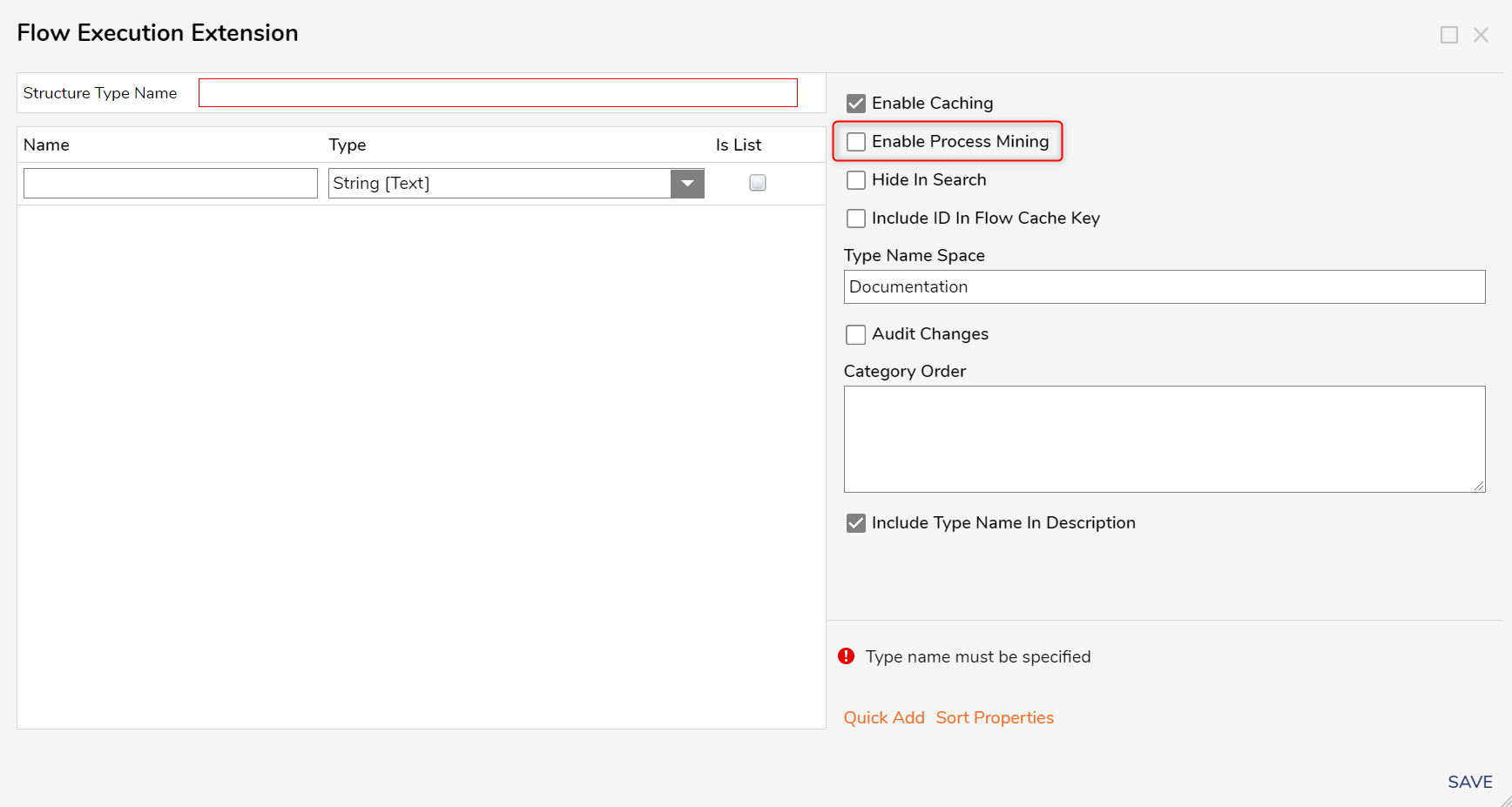Process Mining Compatibility with Decisions
Process Mining can be deployed as a stand-alone application and does not require Decisions to run. However, to get the most out of the Process Mining experience it is recommended to make sure it and Decisions are compatible.
Process Mining is only compatible with Decisions version 8.5 and higher. It is recommended to ensure that both Process Mining and Decisions are operating on the latest version for optimal compatibility.
Decisions v8.9 and above uses the Decisions.ProcessMining module. This module installs automatically with any installation of v8.10 and above, and as part of the Process Mining installation. This module was changed from XML to JSON in v8.15 and will no longer work for any Decisions installations v8.14 and below. For more information, contact support@decisions.com.
System Requirements
Performance will depend on a number of factors, such as the number of concurrent users and concurrent datasets being analyzed. High specs may be needed, but the following is recommended for ten users.
| Hardware | Recommendation |
|---|---|
| CPU | 8 Cores |
| RAM | 16 GB |
| Storage (SSD preferred) | 64 GB |
When Process Mining is SSL configured on HTTPS, it by default uses a secure method like TLS v1.3 for the verification of the certificate. However, TLS v1.3 is compatible only with Windows 11 and above. This means that if the user has a Windows server below the TLS supported version, they will not get data on the Case Management Dashboards in Decisions. The TLS version supported by the Windows server and Process Mining should be same. The user will need to contact the support team if their server only supports v1.2 or lower.
.png)
Process Data Requirements
Process data must track at least the following three data variables in their event log:
| Data Member | Description | Example |
|---|---|---|
| Case ID | A unique ID is shared among the events within the same process but distinguishes different process executions from one another: the "who" behind the execution. | AccountID, LoanID, Name, any other identifiable information |
| Activity | Steps within the process must share the same names, not necessarily sequence, between all executions. This distinguishes between events within the same execution, the "what" and "how" behind the execution. | Inspect Damage, Obtaining Approval, Register Claim, and any other workflows within a process, such as Subflows with a parent Flow |
| Timestamp | Records the occurrence of each event within an execution. This is necessary to chronologically order the events within execution and compute durations between process steps. While only the start timestamp is necessary, including an end timestamp allows computing process step duration, the "when" behind the execution. | Date/time of occurrence |
In addition to these required data members, the following optional, supplementary data variables to further define and refine your optimization:
- Resource
- Lifecycle
- Case Attribute
Data Structure Requirements
Process Mining accepts external data from other software such as Jira, Salesforce, or ServiceNow and internal data.
Process Mining requires its supported Data Structures to enable the Enable Process Mining setting located in the Data Structure creation dialog to access its features.
The following Data Structures support Process Miner features:
